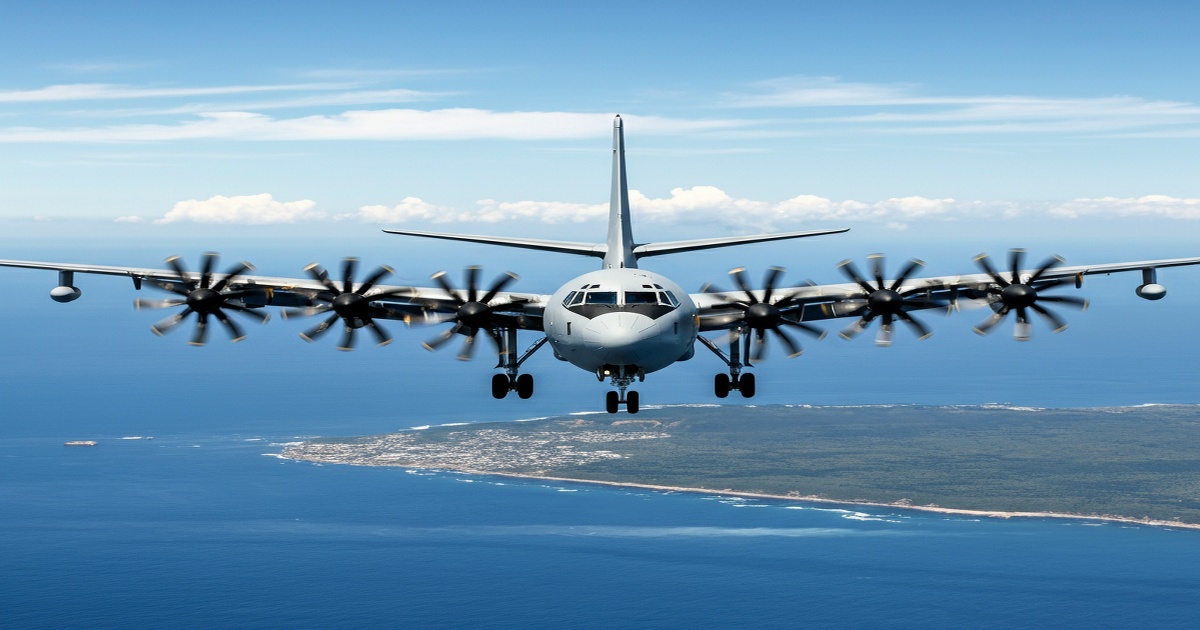The Maritime Self-Defense Force (MSDF) is currently grappling with engine malfunctions affecting its fleet of patrol aircraft, which play a crucial role in tracking Chinese submarines and suspicious vessels within Japanese waters, as reported by the Board of Audit. These aircraft, which operate at low altitudes for extended periods over the ocean, are particularly vulnerable to engine corrosion, complicating Japan’s efforts to respond to increased maritime assertiveness from China.
The P1 aircraft, the first to be manufactured domestically in Japan, was initially hailed for its advanced submarine detection and tracking capabilities, with plans for potential export. However, these ambitions never materialized, and recent audits have indicated that of the 35 P1 aircraft actively used as of September 2024, the ongoing engine issues have raised serious concerns about their reliability.
Produced primarily by Kawasaki Heavy Industries Ltd., the P1 was introduced in 2013 as a successor to the older P3C aircraft, developed by Lockheed Martin in the U.S. The financial implications of the P1 program are substantial, with development, acquisition, and maintenance costs reaching approximately 1.776 trillion yen (around $12.3 billion) through the 2023 fiscal year. The Defense Ministry plans to eventually deploy a total of 61 P1 aircraft, with expected costs escalating to 4.090 trillion yen.
Despite the early awareness of corrosion problems, there was little corrective action taken, as the company responsible for development, IHI Corp., deemed the malfunctions coincidental. Within the MSDF, operating the P1 has become a significant operational priority, thanks to its sophisticated detection equipment. Yet, the increased pressure of 24/7 operations, as well as unforeseen technical issues during the initial stages, have placed strain on its capabilities.
During the development of the P1, Japanese engineers faced restrictions on using technology from the U.S. models, forcing them to innovate independently at a time when defense funding was not as robust. Additionally, a disconnect between ministry bureaucrats and uniformed officers limited effective communication and contributed to developmental shortcomings. The Board of Audit has also highlighted significant problems with onboard electronic systems and weapons that led to some aircraft being rendered inoperable.
Efforts to promote the P1 aircraft for international sales suffered a major setback when one of two planes sent to the Paris Air Show in 2017 encountered technical difficulties and could not participate, leading to dashed hopes of overseas sales.







6 Comments
Bella Ciao
Japan’s determination to innovate independently is commendable. The P1 is a symbol of our technological growth.
ZmeeLove
Kudos to the engineers and technicians working around the clock to keep our defenses strong! Every program has its challenges.
Comandante
Investing in homegrown technology is essential for Japan's security. The P1 will ultimately help strengthen our defensive posture.
Habibi
Let’s support our military in addressing these issues instead of just criticizing. They’re actively working to improve.
ZmeeLove
Let’s not forget the historical context. Japan has made significant progress in its military development over the last decade.
Muchacho
If we can’t keep our military vehicles operational, how can we stand up to increasing tensions in the Asia-Pacific?